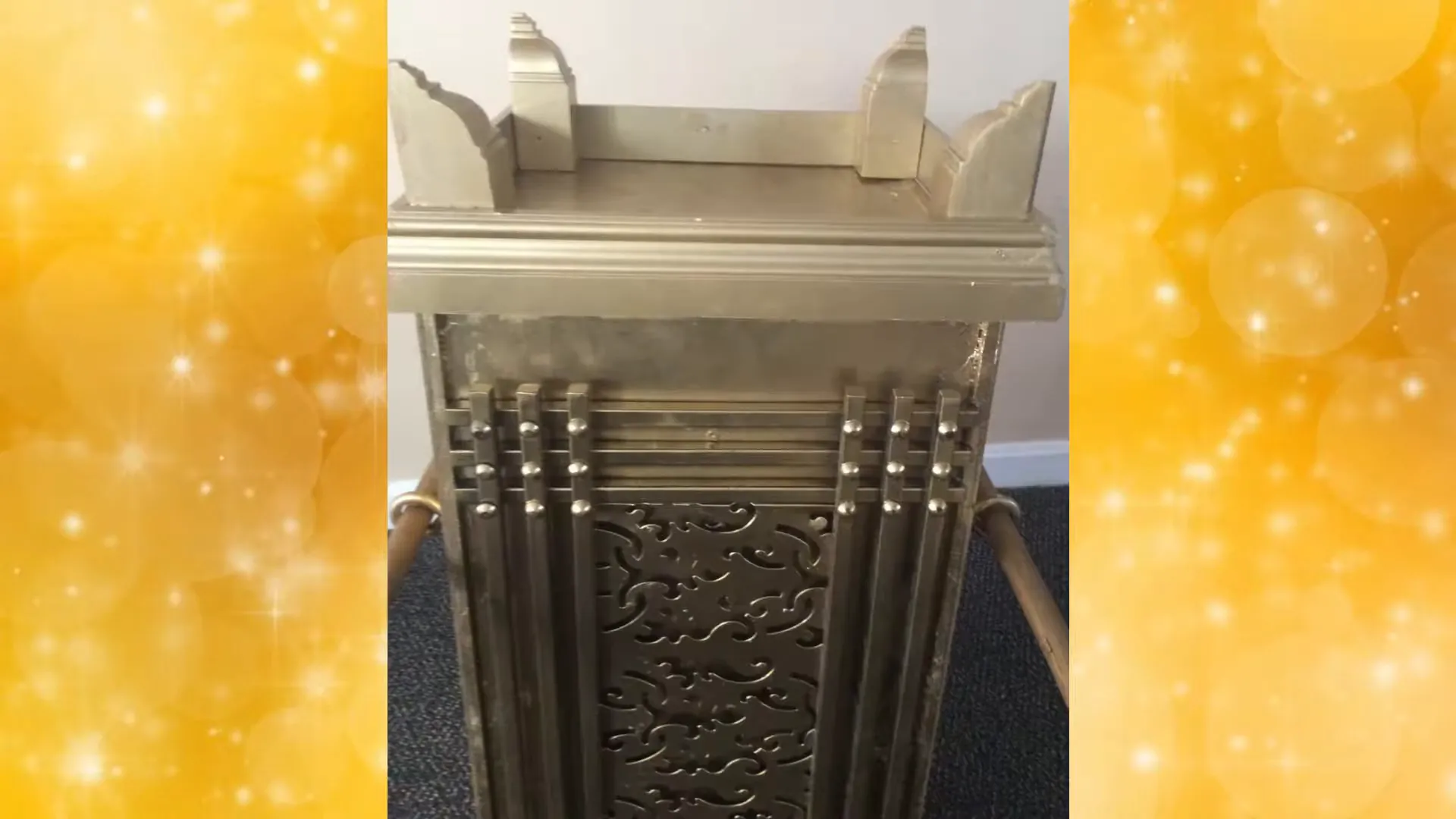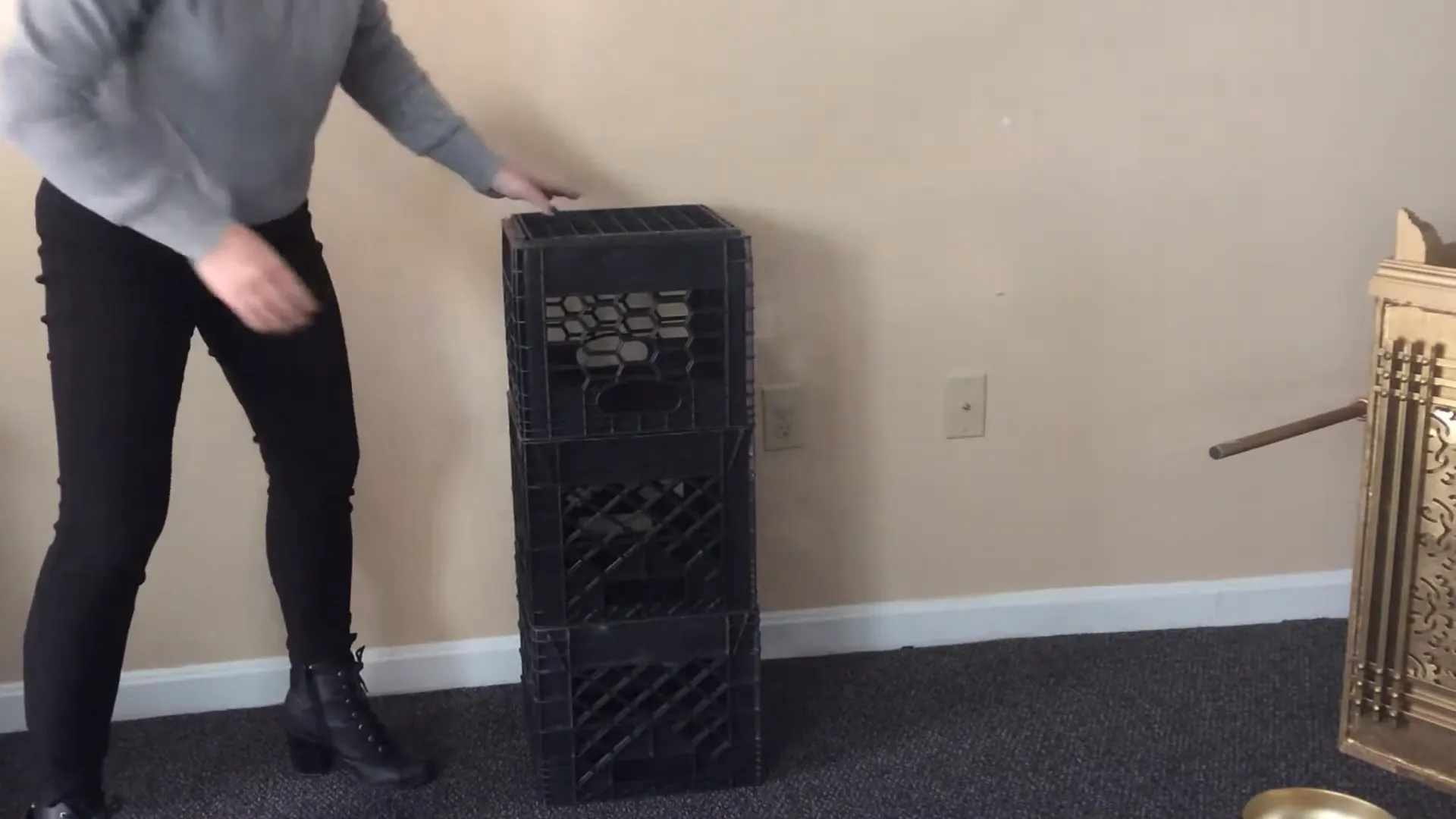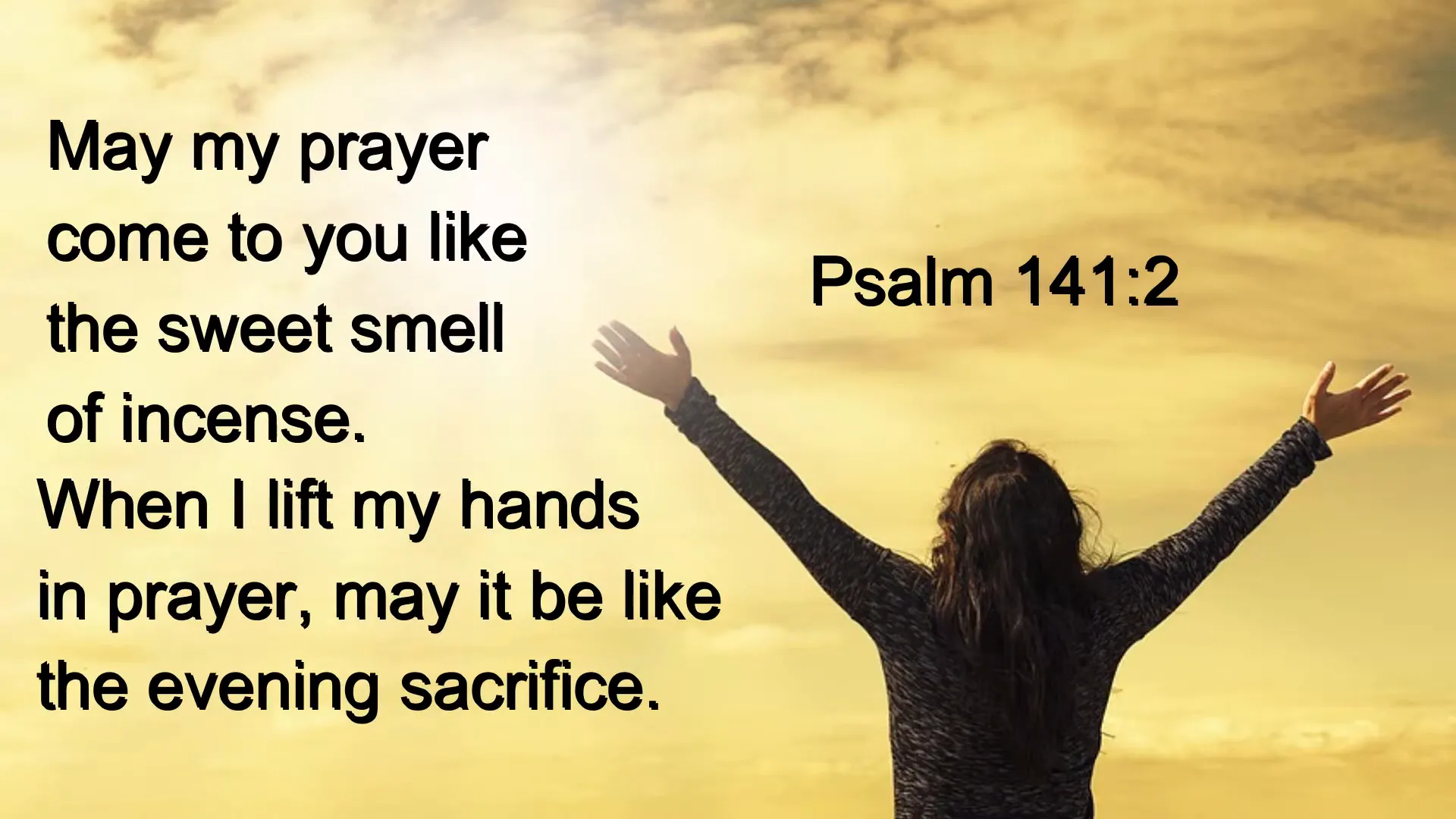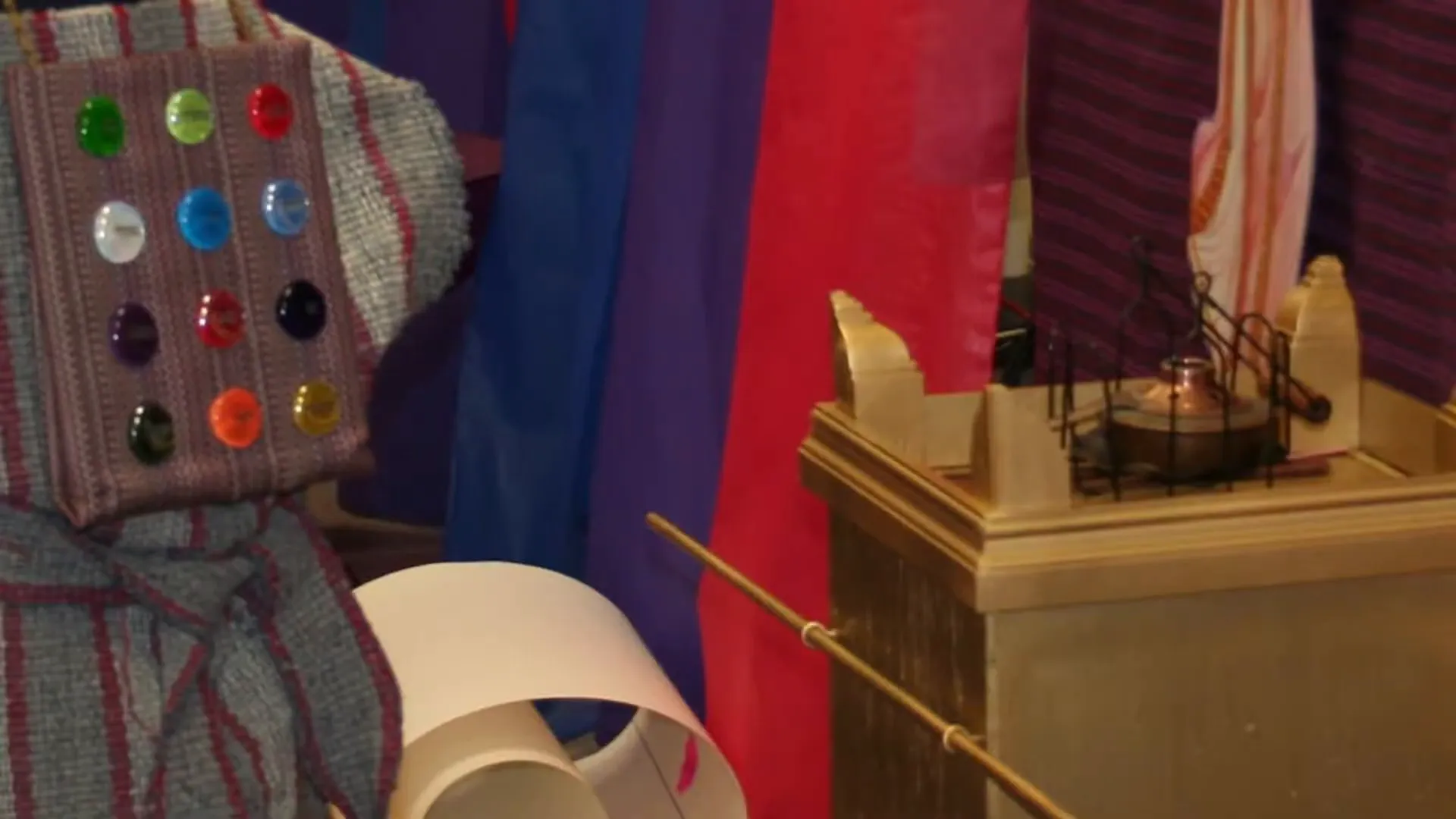Creating an Altar of Incense: Understanding Prayer Through a Biblical Lens
The altar of incense holds profound significance in our prayer life. It’s not merely a relic from a historical tabernacle; rather, it symbolizes how God regards our prayers throughout scripture. Today, I want to guide you through crafting your own altar of incense and discuss how to convey these important truths to your students.
Building Your Altar of Incense

Just like the other wooden furniture in the tabernacle, the altar of incense was crafted from acacia wood and overlaid with pure gold. Its dimensions were 18 inches wide and deep, making it a square, and it stood 36 inches tall, which made it the tallest piece of furniture in the tabernacle.
To create a basic box for your altar, a few measured straight cuts in plywood will do the trick. If you'd like your students to role-play as Levites carrying the altar, add four eye hooks on opposite sides. Ensure that the dowels you choose are sturdy enough to support the weight.
If using a saw isn’t your style, there’s an easier alternative: stack three plastic crates on top of each other, which gives you the right height. Then, find a magnificent gold fabric or tablecloth to drape over it. Pull the extra fabric around to the back and secure it with a clip or pin.

Adding Embellishments
There are several embellishments you can incorporate to make your altar even more authentic:
- Add molding of your choice to the top of the altar. Miter the corners and glue the edges together for a decorative touch.
- Incorporate wooden horns by purchasing outside corner crown molding pieces. Just glue them right in—no cutting needed!
- Consider adding a metal wall hanging to the front. You might find one at a thrift shop, or you can repurpose an old fence grate or gate from your garage.
Once it’s assembled, spray paint the entire altar, including the eye hooks and dowels, with the brightest gold paint you can find. For the center, obtain a metal bowl and spray paint it gold as well. You can fill it with frankincense resin or place incense sticks in a holder. A great way to engage your students is to burn some sweet-smelling incense for them!

The Significance of Incense in Prayer
In the tabernacle, the priest would enter every morning and evening to burn incense on the altar before the Lord. Psalm 141:2 beautifully captures this sentiment: “May my prayer come to you like the sweet smell of incense.” This verse conveys that our prayers are like the sweet smoke of sacrifice, a pleasing aroma to God.
But there’s even more to it. Revelation 5:8 tells us that God is collecting all our prayers in golden bowls. The incense represents our prayers, drifting heavenward, capturing God’s attention with their sweet aroma.
It's crucial for children to understand that their prayers aren't just hopeful words that vanish into thin air; they rise up to heaven and are cherished by God.

Engaging Students with Prayer
It's essential for children to grasp that God values their prayers. They should envision their prayers as fragrances that permeate the throne of God, much like the scent of all prayers ever spoken. This creates a vivid image of how their voices matter in the grand tapestry of divine communication.
This is Becky from Experience the Bible Creatively, reminding you that props are always more impactful than paper. By creating a tangible altar of incense, you're not only teaching about prayer but also allowing students to experience the concept in a hands-on way.

For those looking to enhance their teaching experience, consider renting already made props for a fully immersive tabernacle experience! This can bring the lessons to life in a way that engages and inspires your students.
Find curriculum to go with this craft!
Our "Walking Alingside Jesus" curriculum helps your students see Jesus through the Old Testament!
Shop Curriculum